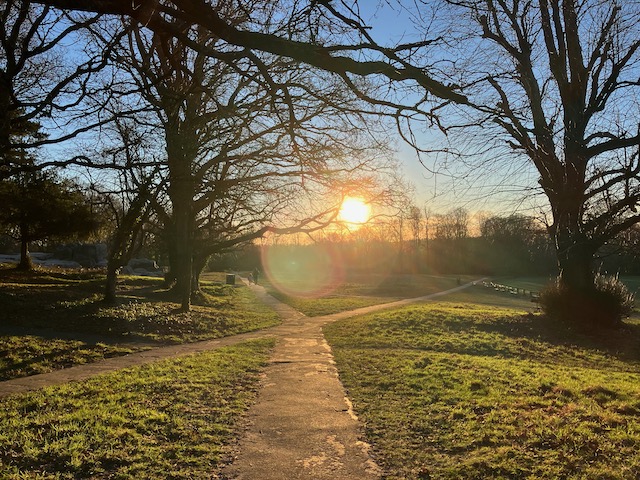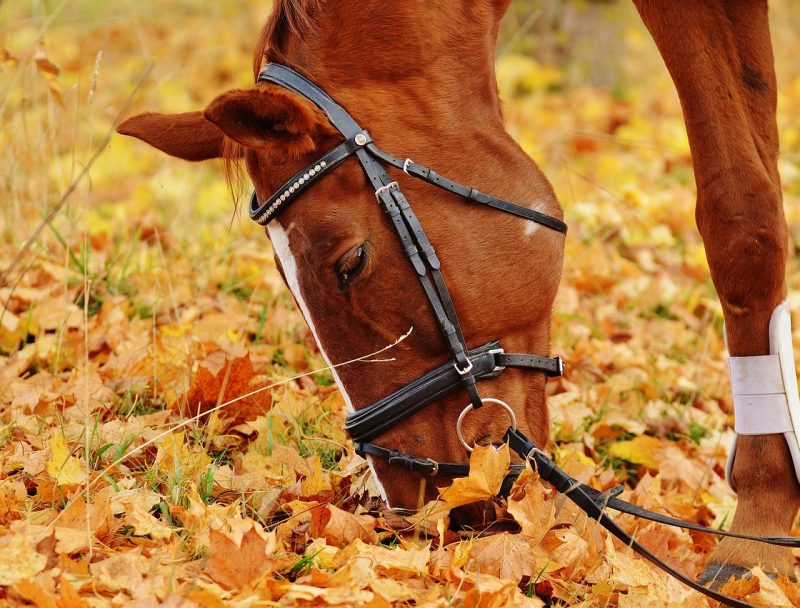
Ranger’s Blog May 2023
26th May 2023
We have been very busy this last month, with our ecological surveys now very much underway. We are gathering as much information as we possibly can about the wildlife that we share our beautiful Commons with. This includes surveys of the birds and the bees (not that kind!) and all the other flowers, insects, reptiles, mammals and amphibians that are making use of our precious wild meadows, glades and woodlands.
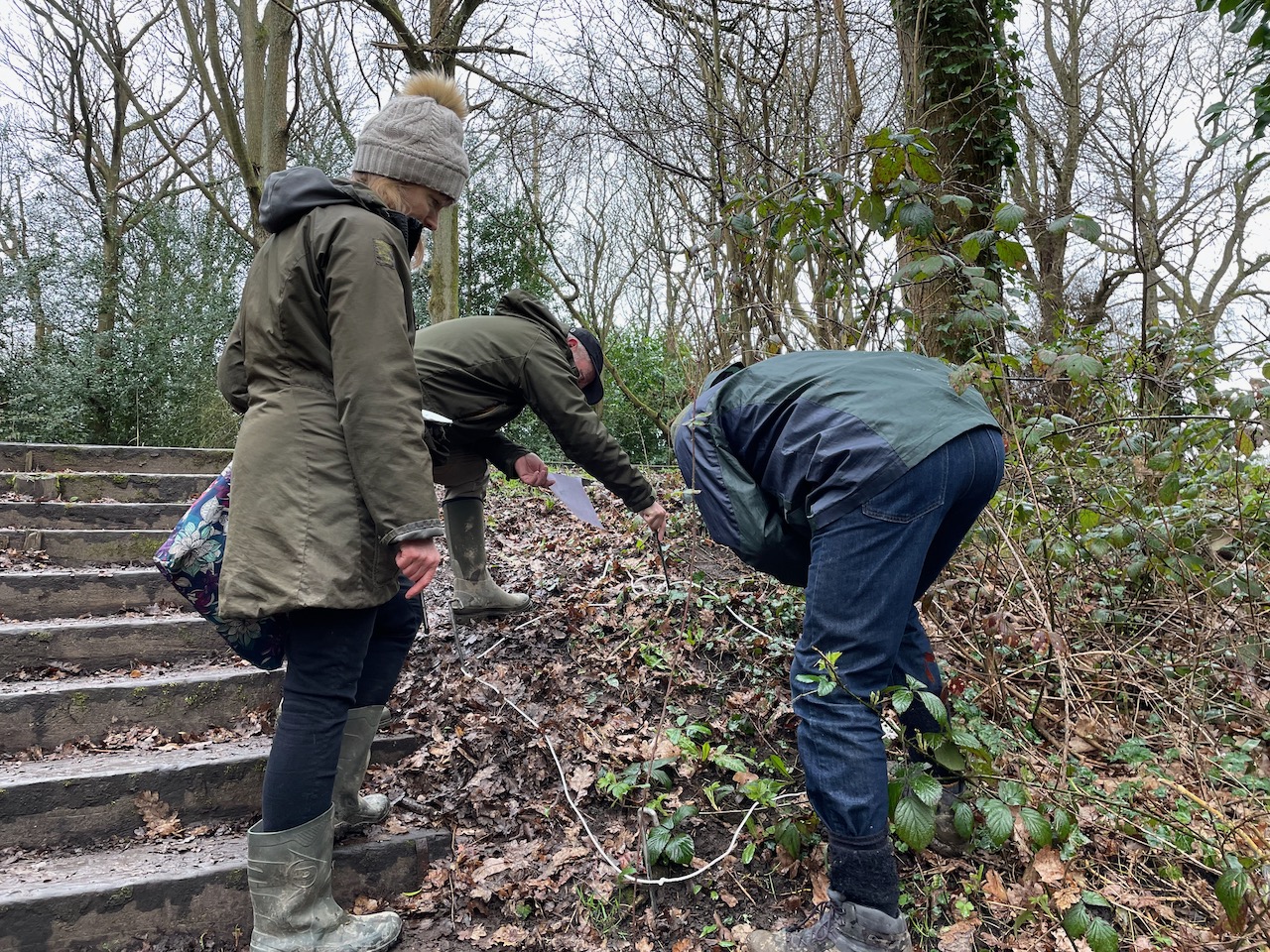
Surveying coralroot bittercress
I am very keen to hear from anyone who would like to help with surveying, particularly anyone with a knowledge of birds, butterflies or dragonflies. In the case of butterflies and dragonflies we are undertaking surveys of these species in-house, and it’s not always possible to survey on the sunny days that these wonderful creatures like to be ‘out and about’. If you have the time to help us, then please do get in touch by emailing info@twcommons.org
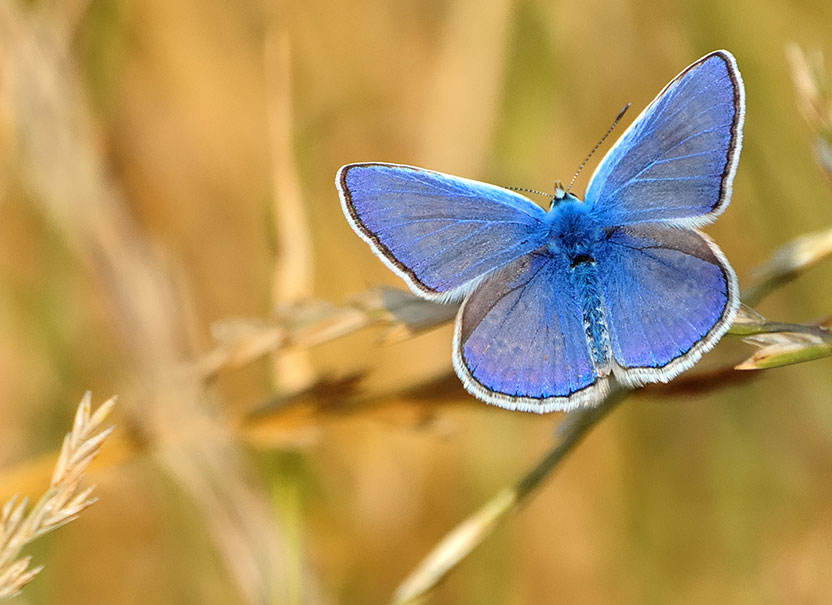
Common Blue
All of these invaluable surveys are in preparation for the production of our brand-new five year Ecological Management Plans which we will be producing in October. What’s even more exciting is that we are inviting everyone who enjoys the Commons to help, and you don’t have to be an expert at all! By downloading the free iNaturalist app on your mobile phone, you can get help with identification of species and record and submit the exact location where the species was spotted. It’s really very simple to use and the data that you put into it will be used directly by us to inform how we can manage our spaces even better for our critically important and increasingly threatened species. So please, get out on the Commons, start spotting and start recording the interesting creatures and flowers that you see.
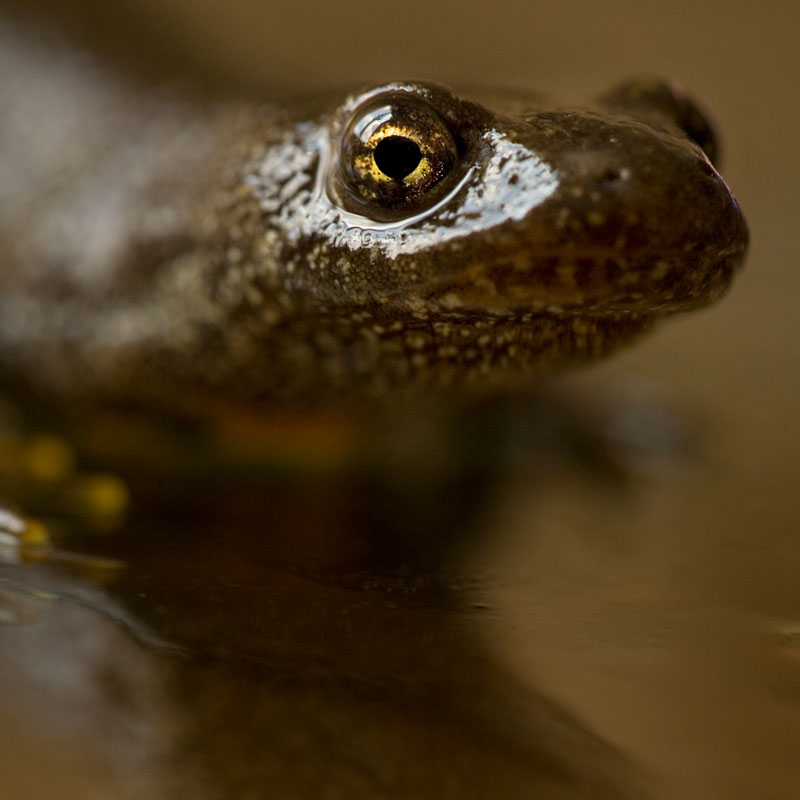
Great Crested Newt
Finally, I wanted to share another exciting project with you, we are trialling the creation of a new wildflower verge on the steep bank at the Junction of Mount Ephraim and the London Road, at the tip of Tunbridge Wells Common. Many important pollinator species are really struggling as there are fewer places available for them to look for the food that they need through the Spring and Summer and Autumn. The steepness of this bank, allowing nutrients to leach out, and its position towards the sun make it an absolutely perfect habitat for wildflowers to thrive. We are therefore letting the flowers grow in order to help our pollinators as much as we possibly can. We can’t wait to see what seeds have lain dormant in the seedbed and are just waiting to emerge.
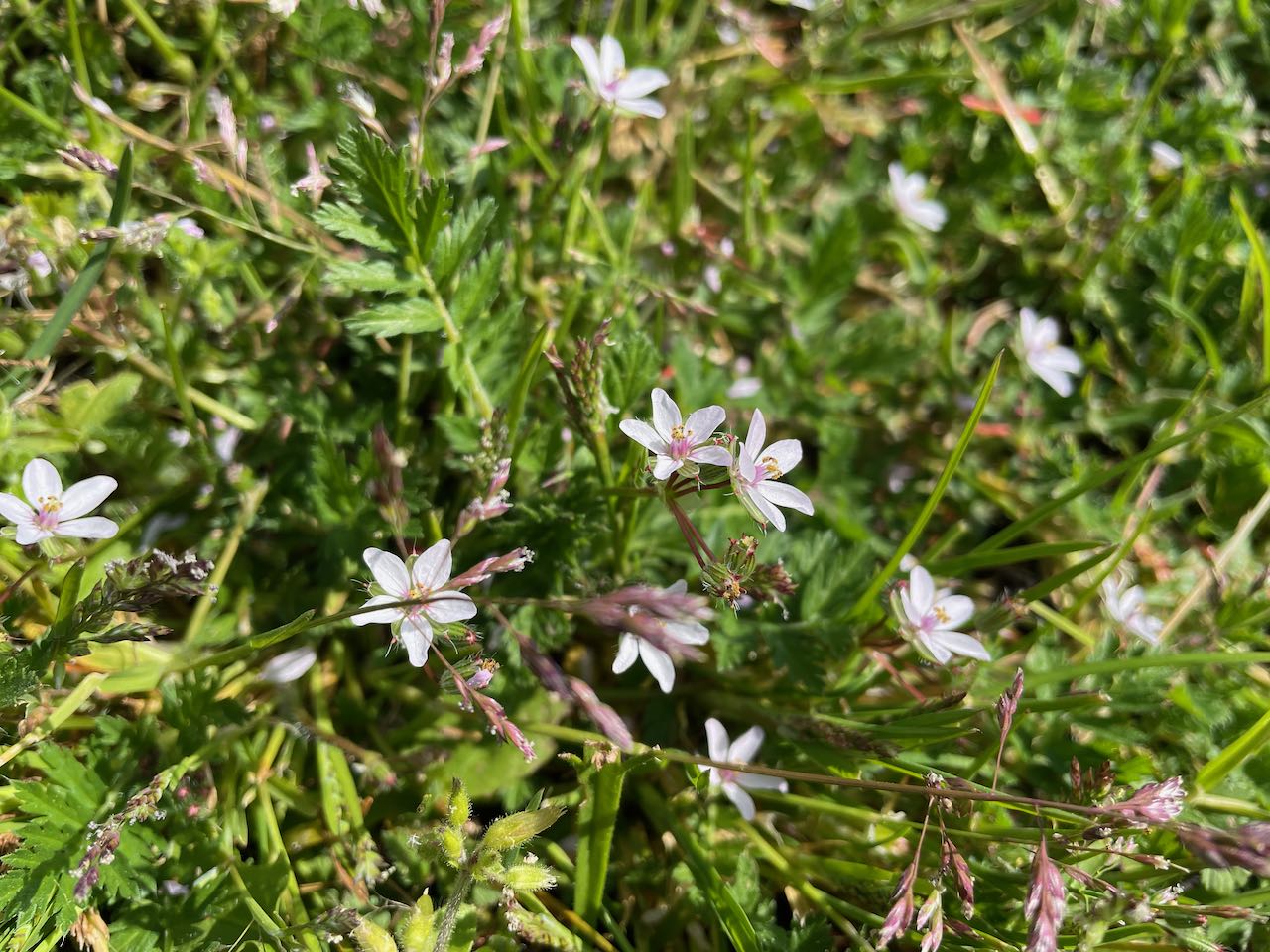
Stork’s bill, already growing on our wildflower meadow.
